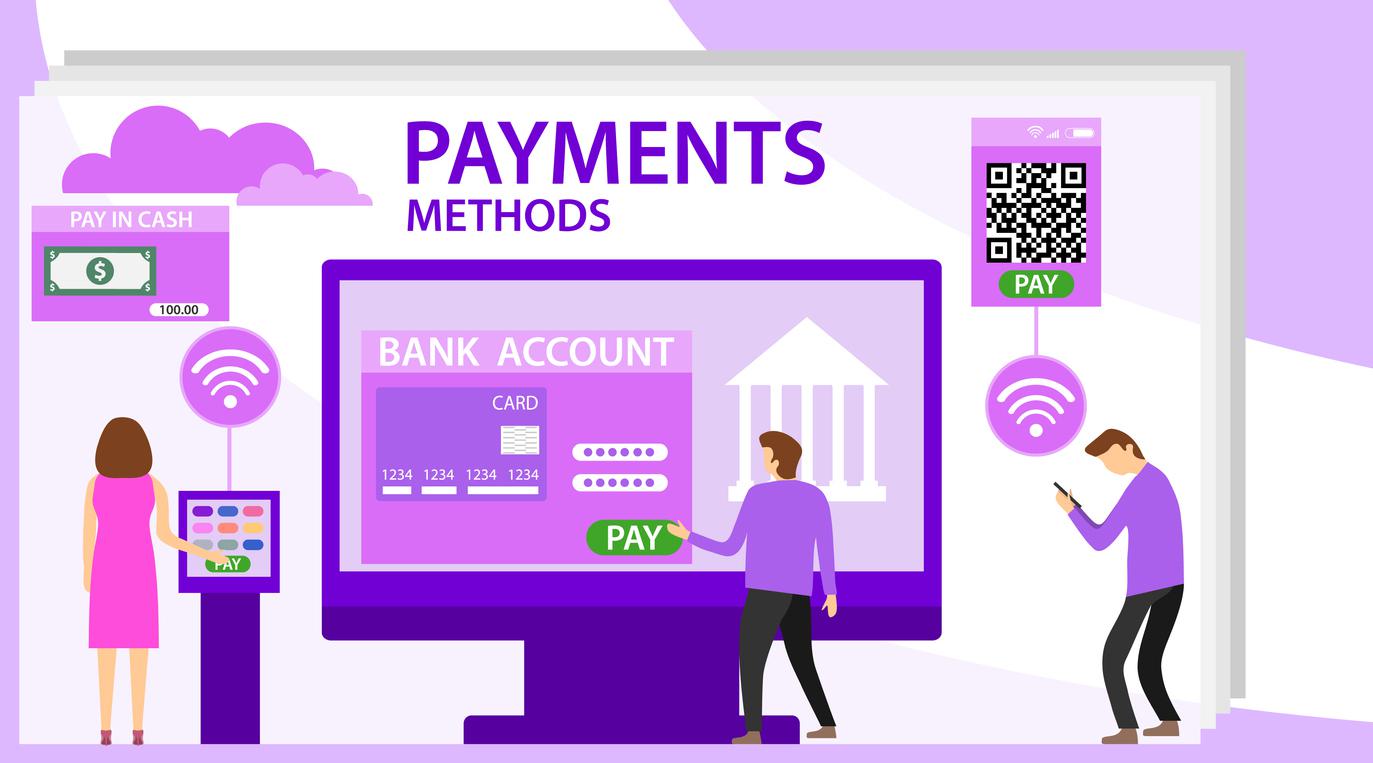The music industry is evolving, and much of its success depends on embracing new models of streaming and digital download services for maximum revenue. No longer is the old-fashioned model of buying music off the shelves the rule of the day. With the introduction of streaming services like Spotify, Pandora, and Apple Music, people are enjoying the convenience of having their favorite songs from all genres at the tips of their fingers. This article will explore the royalty payments from these services by dissecting the complex royalty payment systems of the major streaming services. Let’s take a deep dive into how the money flows.
1. Overview of Royalty Payments by Streaming Services
Streaming Services and Royalty Payments
It’s no secret that streaming services have become a major player in the music industry. Everyone from record labels to independent artists have seen a remarkable change in the way they get paid for their work. The most important part of this change is the amount of money streaming services have to pay out in royalties.
There are a variety of different payment models used by various streaming services. These models differ in terms of the amount of money paid out in royalties, the frequency of payments, and any additional bonuses that might be included. Many services employ a “percentage of revenue” model, in which the artist receives a certain percentage of income based on the number of streams they have. Other services offer set rates for certain amounts of streams, and some services offer a combination of both.
The structure and amounts of royalties vary significantly from service to service. It’s important to understand how each platform pays out so that you can maximize your streams and create a long-term plan for success. Sure, streaming services are great for getting your music out there, but if you don’t understand the rules, you might be missing out on some serious income.
- Different streaming services use different payment models
- Streaming services pay out royalties in a variety of ways
- It’s important to understand the different payment models so you can get the most out of them

2. Analyzing the Payment Process and Methodology
When deciding on a payment process and methodology, businesses need to consider many factors. Here are some key things to consider when determining the best approach for your business:
- The types of customers you serve
- The payment methods accepted by the target customer base
- The level of security that needs to be in place to ensure each transaction is secure
- The costs associated with processing payments
- The overall convenience for customers
Analyzing Your Payment Data
Once you have established the various payment options available to your customers, it’s important to analyze your payment data. Knowing what types of payments are most commonly used can help you to streamline the payment process. Reviewing payment declines and failures can also provide insight into customer payment preferences and payment method access difficulties. Knowing which payment methods are most successful will ensure you are offering customers the most reliable and secure payment options.
3. Understanding Royalty Owners’ Rights and Revenues
Owning royalty rights gives individuals the opportunity to benefit from the sale and use of their intellectual property. As royalty owners, they can make money from their properties when they use or sell them. However, it is important to understand the legalities of owning these rights, as well as the potential investments that can be made.
It is critical for royalty owners to understand how their rights and revenues work. They must know how their royalty payments are cross-checked by the publisher and other third-parties. It is also important to understand the different types of royalties, including mechanical royalties, performance royalties, and synchronization royalties. Additionally, royalty owners should be aware of right-of-first-refusal, the proper time to negotiate terms, and how to protect their rights and royalties.
- Mechanical Royalties: Royalties paid to the original song creators when their songs are reproduced in a physical or digital format.
- Performance Royalties: Royalties paid to the original song creators when their songs are publicly performed.
- Synchronization Royalties: Royalties paid to the song creators when their songs are used in movies, TV shows, and other media.
- Right-of-First-Refusal: The right to be the first person to be offered a contract before other companies approach.

4. Practical Recommendations to Enhance the Royalty System
The Royalty system is an important system that contributes a great deal to the economy. Here are some practical tips to improve it:
- Thoroughly research the current royalty system, including its value and its distribution in the market.
- Explore alternative approaches to royalty systems that may prove to be more effective.
- Implement digital and technological solutions to streamline the royalty system and reduce administrative procedures.
- Develop an efficient tracking system so royalties can be collected and distributed as quickly and as accurately as possible.
Invest in education and training. The most important asset of the royalty system is its workforce. By investing in the education and training of the people who work for the royalty system, it will become better equipped to handle the complex and ever-changing requirements of the field. This will ensure that the system functions promptly and accurately.
While streaming services may never give all the answers about how they handle royalty payments, this article has provided some insight into what goes on behind the scenes. No matter if you’re a budding artist or an industry veteran looking to get your music out there, knowing what to expect from different streaming services is important. With this knowledge, you can move forward in confidence and make the most of the opportunities available.

